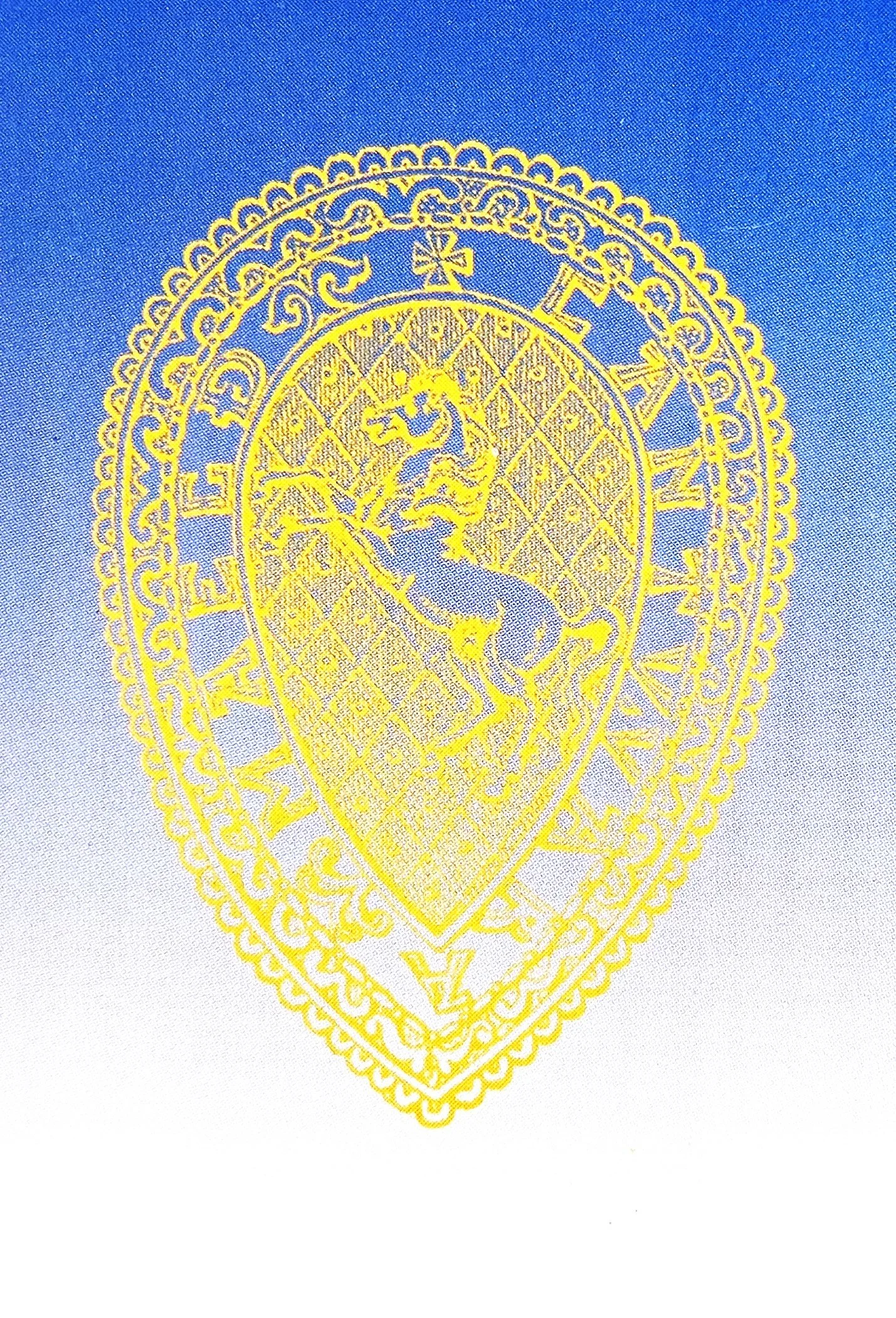Featured
Neil Aldridge, 2008, KAS Newsletter, Issue 76 (Spring 2008). Maidstone: Kent Archaeological Society.
Ted Connell, 2008, KAS Newsletter, Issue 76 (Spring 2008). Maidstone: Kent Archaeological Society.
Ted Connell, 2008, KAS Newsletter, Issue 76 (Spring 2008). Maidstone: Kent Archaeological Society.
Vince Burrows and Dr Andrew Richardson, 2008, KAS Newsletter, Issue 76 (Spring 2008). Maidstone: Kent Archaeological Society.
David McFarland, Chair of the Marden History Group, 2008, KAS Newsletter, Issue 76 (Spring 2008). Maidstone: Kent Archaeological Society.
A J Daniels BSc, 2008, KAS Newsletter, Issue 76 (Spring 2008). Maidstone: Kent Archaeological Society.











KAS Newsletter, Issue 76 (Spring 2008). Maidstone: Kent Archaeological Society.